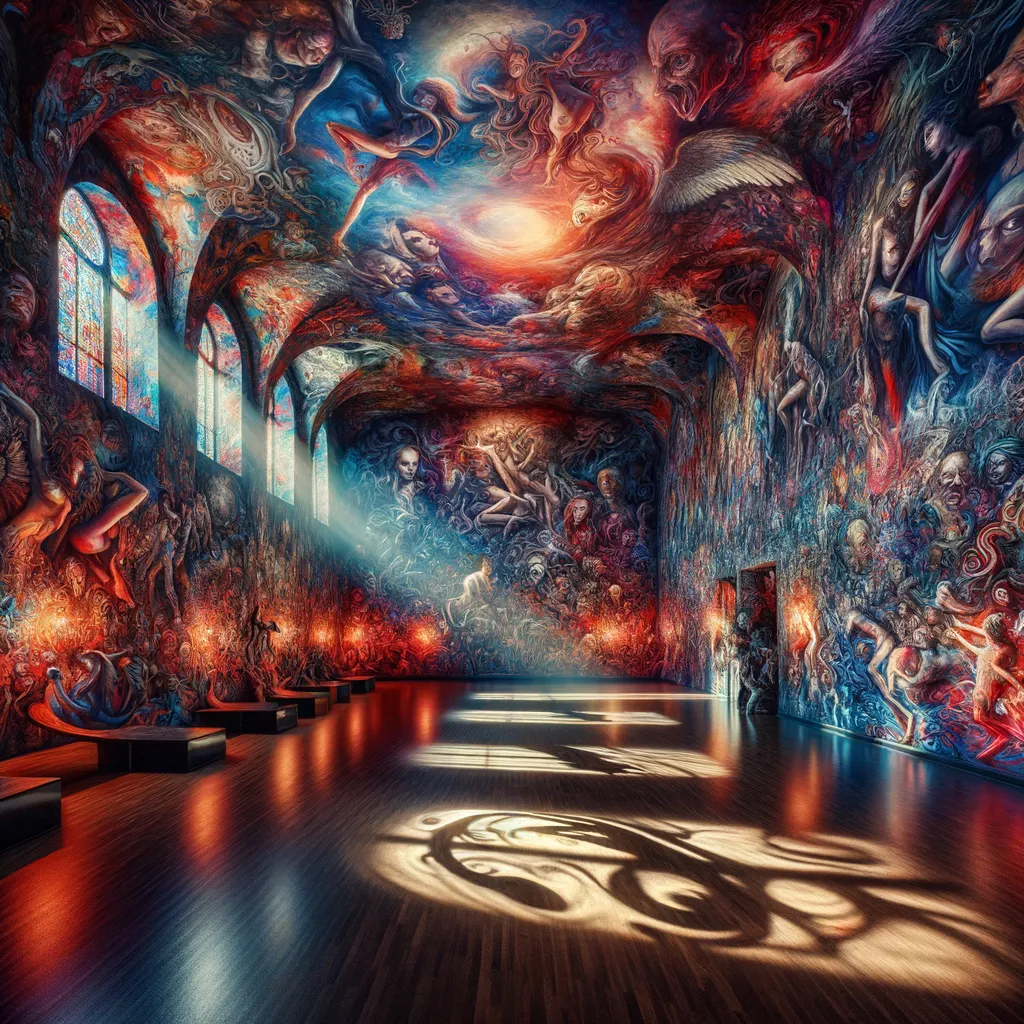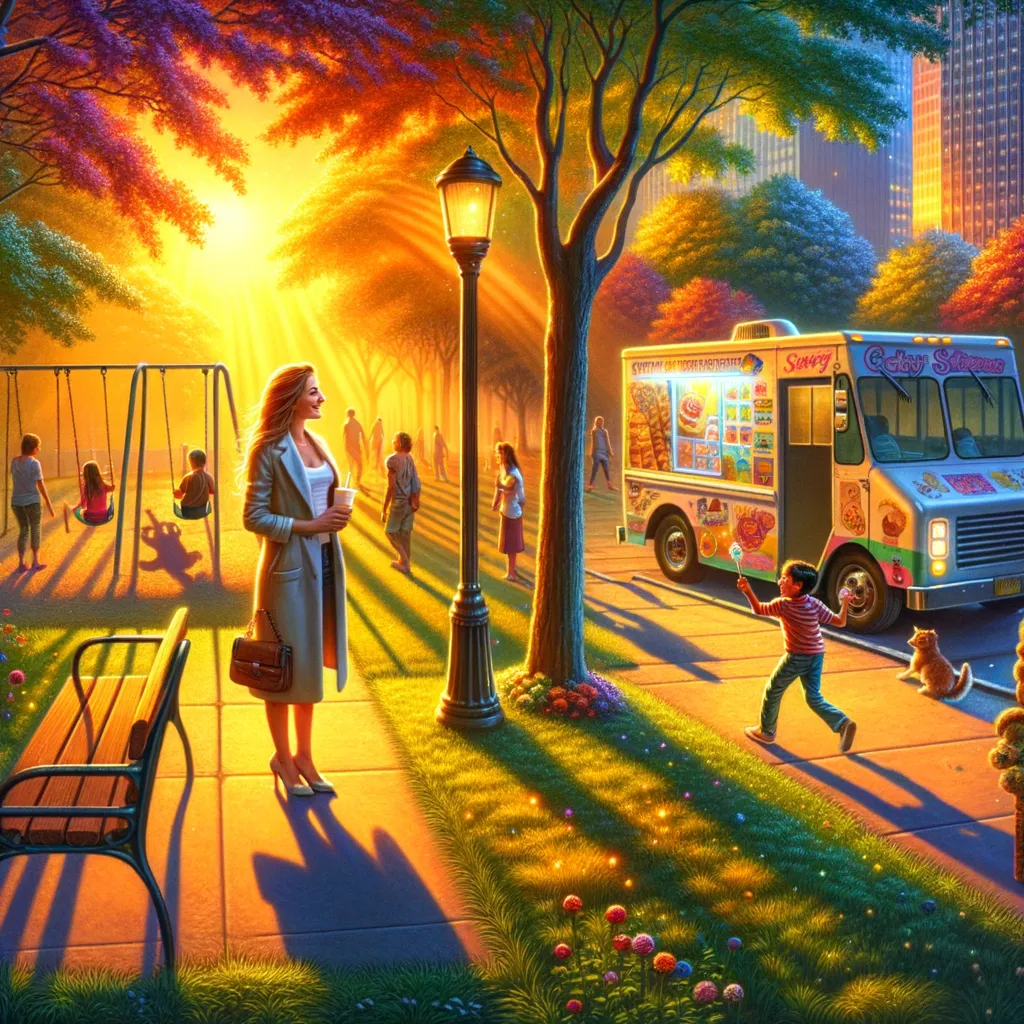Unveiling Art’s Secrets: A Journey of Unexpected Truths
Wandering through a dimly lit gallery tucked away in a forgotten corner of the city, I initially sought only to pass the time, my mind burdened with everyday worries. Yet, as I ventured deeper, vibrant canvases pulsated with life, revealing raw emotions that challenged my understanding of art. One chaotic mural, depicting a cityscape fraught with human struggles, beckoned me closer, awakening a sense of empathy that transformed my view of beauty from mere admiration to a profound connection with the complexities of existence. In a hidden room, sculptures crafted from recycled materials unfolded stories of transformation, mirroring my own overlooked moments waiting to be reshaped into something meaningful. As music filled the air, intertwining with the visuals, I realized that art—and life itself—thrives in the dissonance, inviting us to embrace the imperfect and celebrate our shared humanity.
In the memory of September 14, 2010, I found myself wandering through the dimly lit corridors of a small gallery tucked away in a forgotten corner of the city. The air was thick with the scent of turpentine and the faint whisper of creativity. I had entered with the intention of merely passing time, my mind preoccupied with the mundane worries of everyday life. Yet, as I stepped deeper into the space, I was drawn into a world that would unravel my understanding of what art truly meant.
Each canvas seemed to pulse with life, colors swirling in a dance of emotion that spoke directly to the heart. It was not the pristine strokes of a master that captured my attention, but rather the raw, unrefined expressions of a local artist. One piece, in particular, stood out—a sprawling mural that depicted a chaotic cityscape, where shadows loomed larger than the figures themselves. The brushwork was frenetic, almost desperate, and it beckoned me closer, inviting me to decipher its story.
As I leaned in, the details emerged like memories surfacing from the depths of my mind. The figures were not merely abstract forms; they represented people caught in the throes of everyday struggles—lost in their thoughts, grappling with aspirations, and yearning for connection. A sense of empathy washed over me, and I began to reconsider my long-held belief that art was a mere reflection of beauty. Here, it felt like a mirror, revealing the complexities of human existence in all its tangled glory.
In that moment, I was reminded of the countless times I had dismissed art as frivolous or superficial. The brushstrokes challenged my perception, urging me to understand that art was not just for admiration; it was a vessel for communication, a bridge to deeper understanding. It dawned on me that beauty could indeed exist in chaos, that emotions could be as profound as they were unsettling. This realization stirred something within me, igniting a curiosity I had long neglected.
As I continued my exploration, the gallery revealed more surprises. A small room, almost hidden, housed a series of sculptures crafted from recycled materials. Each piece told a story of transformation, of how discarded objects could be reimagined into something beautiful and meaningful. The artist had taken what was once considered waste and elevated it to an art form, challenging the notion of value itself. I began to see parallels in my own life—how the discarded moments, the overlooked experiences, could be reshaped into something profound.
The more I immersed myself in this world, the more I grappled with my own assumptions. The transformative power of creativity began to seep into my consciousness, urging me to reconsider the narratives I had constructed around my own existence. I had always believed that art belonged in grand galleries or prestigious museums, reserved for the elite. Yet here it was, vibrant and accessible, challenging the very foundations of my understanding.
As the sun dipped below the horizon, casting a warm glow through the gallery windows, I stumbled upon a small performance space. A group of musicians had gathered, their instruments ready to weave a tapestry of sound that would transcend the visual art surrounding us. The first notes floated through the air, weaving in and out like whispers of forgotten dreams. Each melody invited me to explore the depths of my own emotions, further reinforcing the idea that art is a shared experience—an invitation to connect.
The music echoed the sentiments I had felt in front of that mural. It was a reminder that life, much like art, is often a collection of dissonant notes that come together to create harmony. My heart raced as I began to see the parallels between the sounds and the sights—the way each element, in its own imperfect form, contributed to a greater whole. I realized that I had been approaching life with a narrow lens, failing to appreciate the beauty in the imperfect and the overlooked.
As I stepped back into the cool evening air, my heart swelled with newfound understanding. The gallery had been a revelation, a space that compelled me to rethink my beliefs and embrace the complexity of existence. It was a reminder that art, in all its forms, has the power to illuminate the shadows of our lives, inviting us to confront our own truths and celebrate our shared humanity.
In the weeks that followed, I found myself returning to that gallery, each visit a new journey into the depths of creativity and self-discovery. The experience had sparked a fire within me, a longing to see the world through a more compassionate lens. I began to ask myself: if art can reshape our understanding of beauty and meaning, what other truths lie waiting to be uncovered in the everyday tapestry of life?
Art, in its raw and chaotic forms, serves as a mirror reflecting the complexities of existence, inviting exploration and connection in the most unexpected places.



